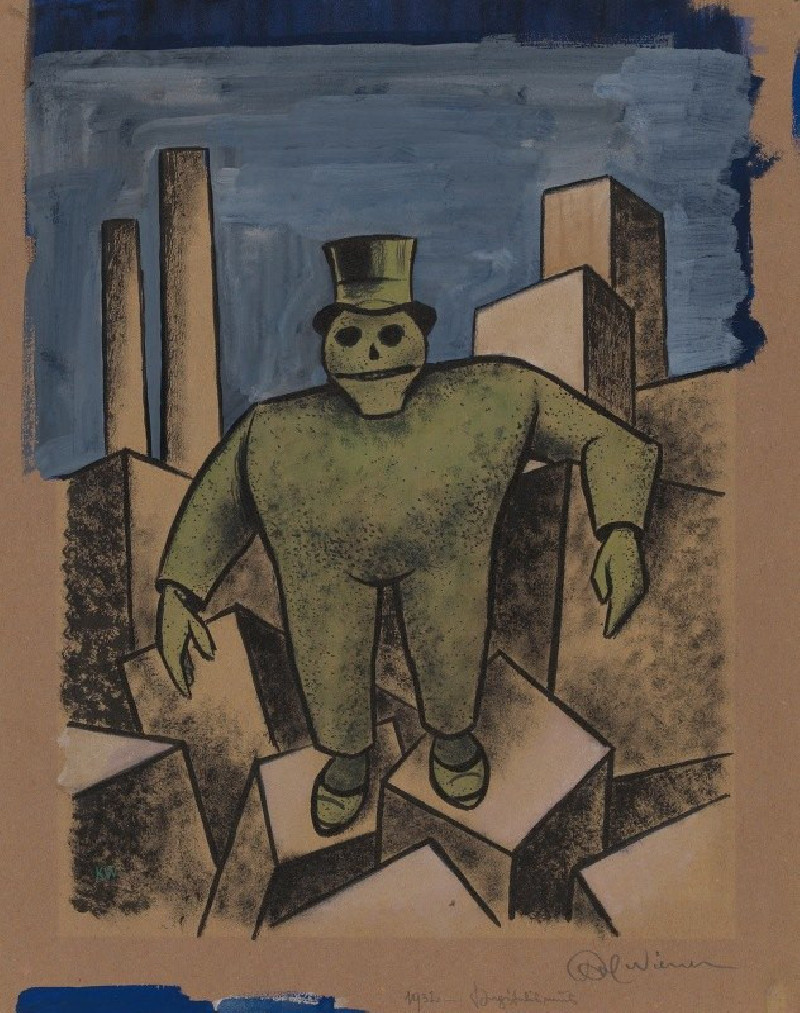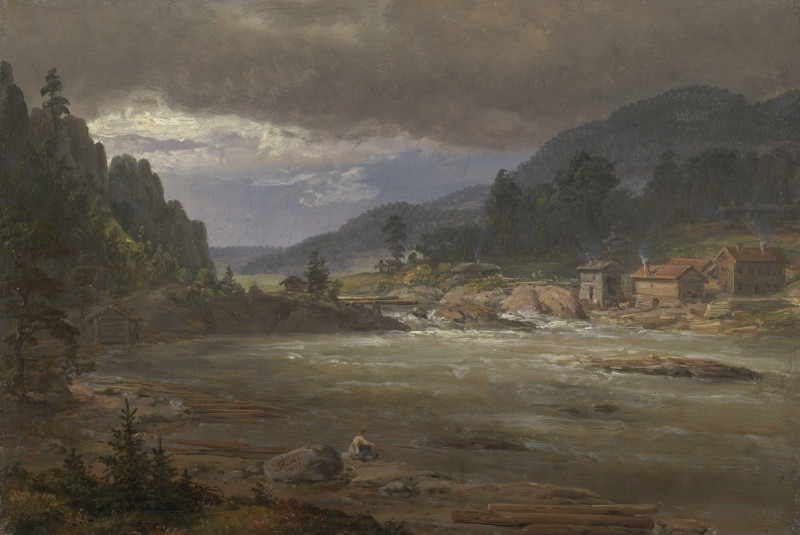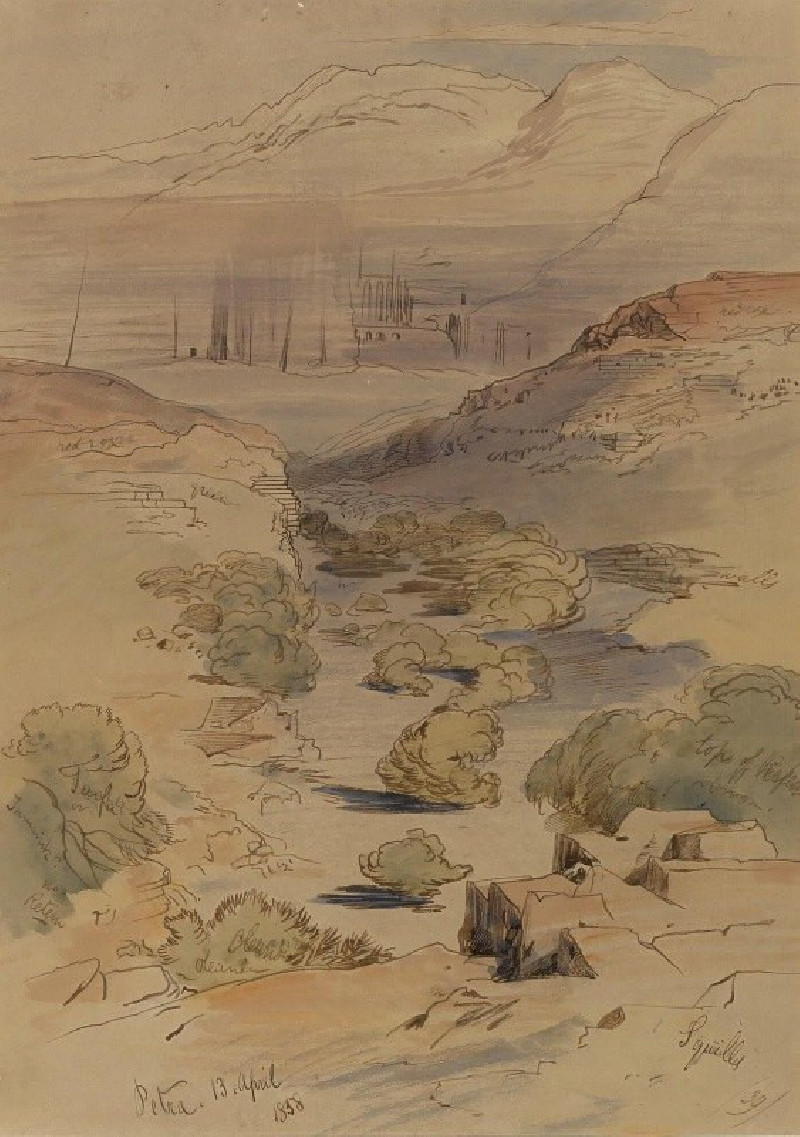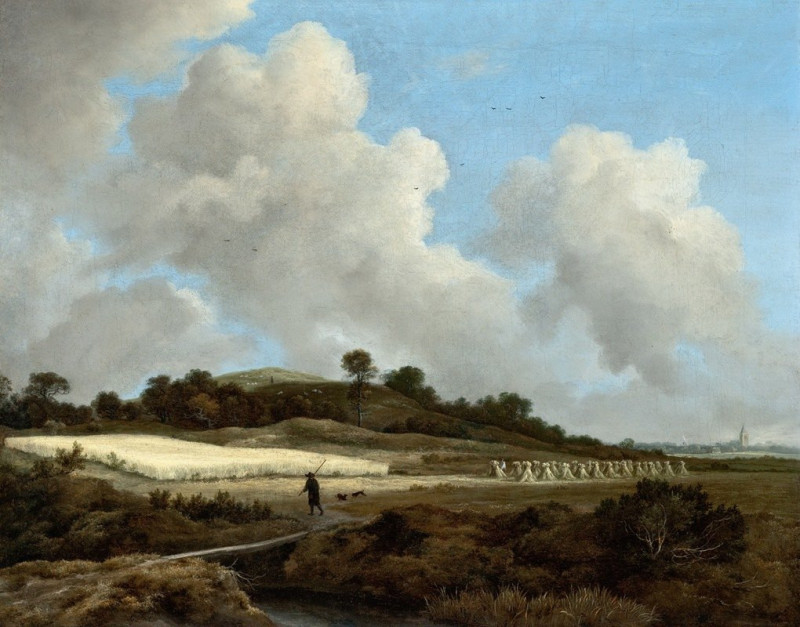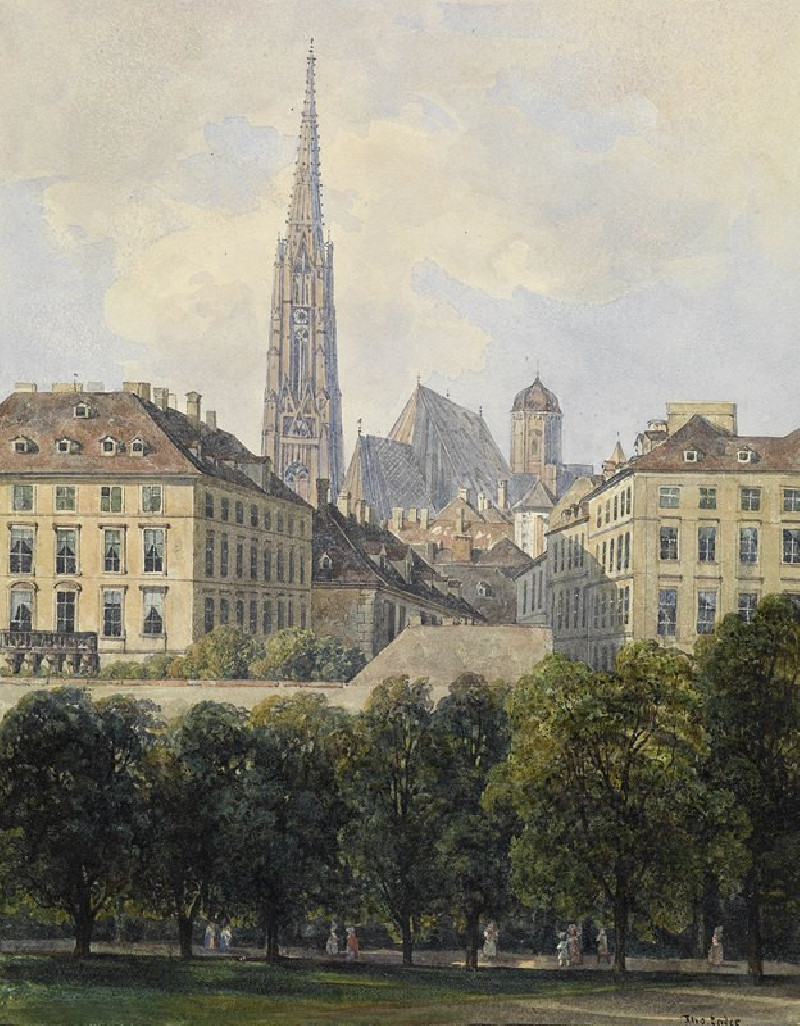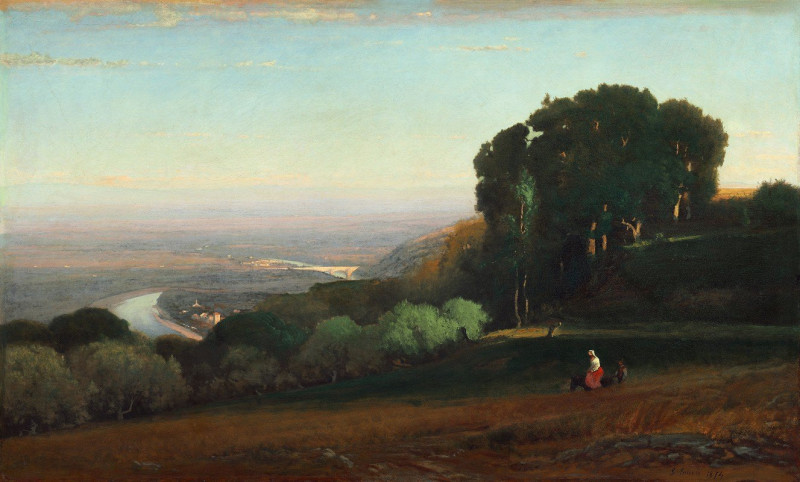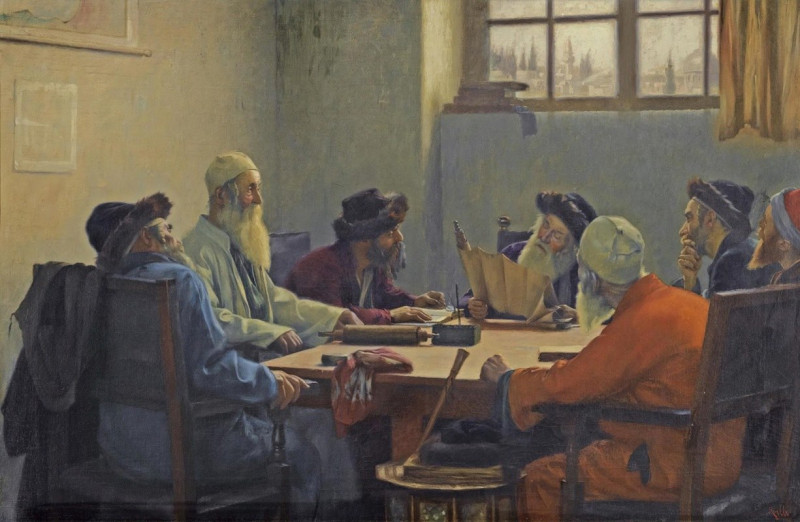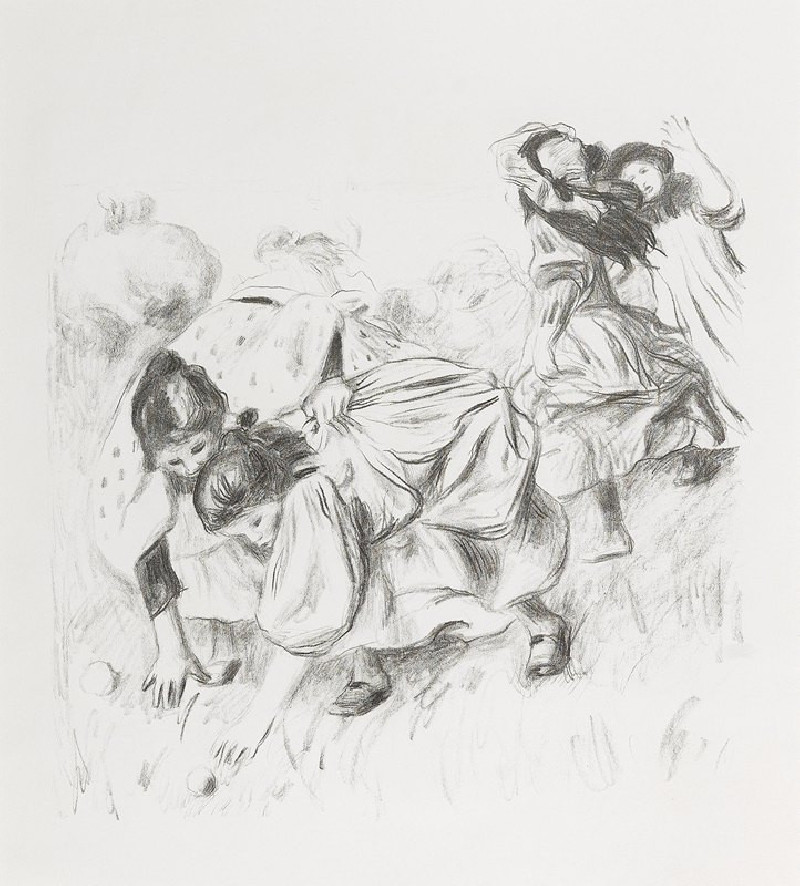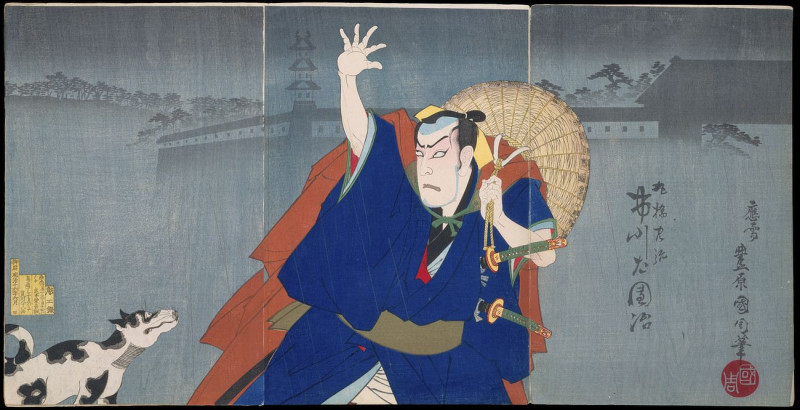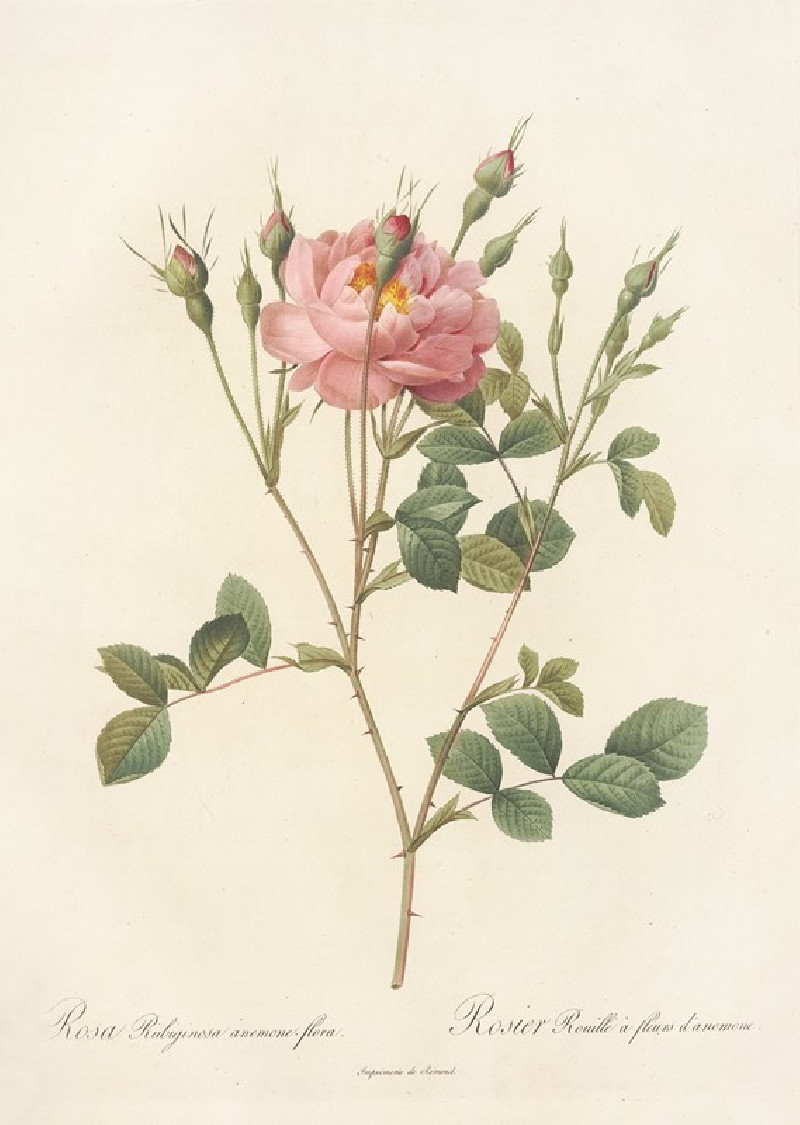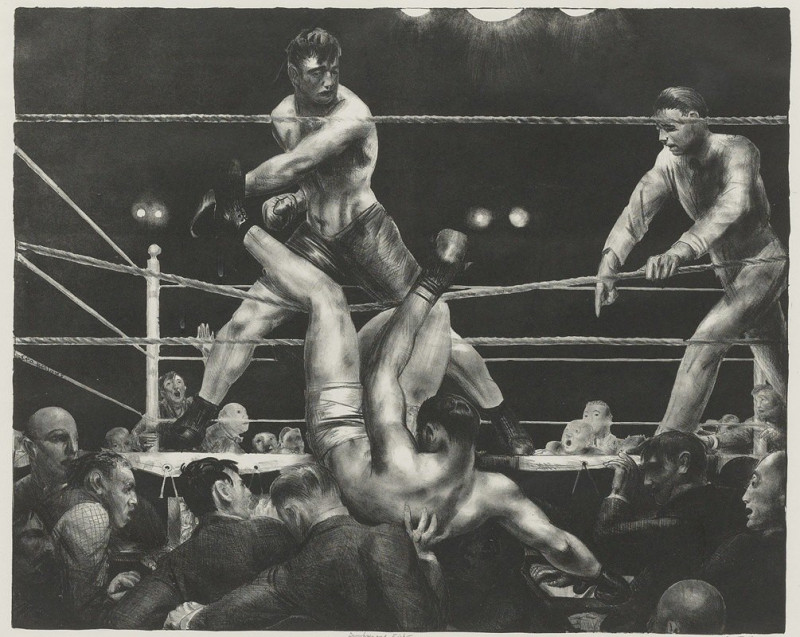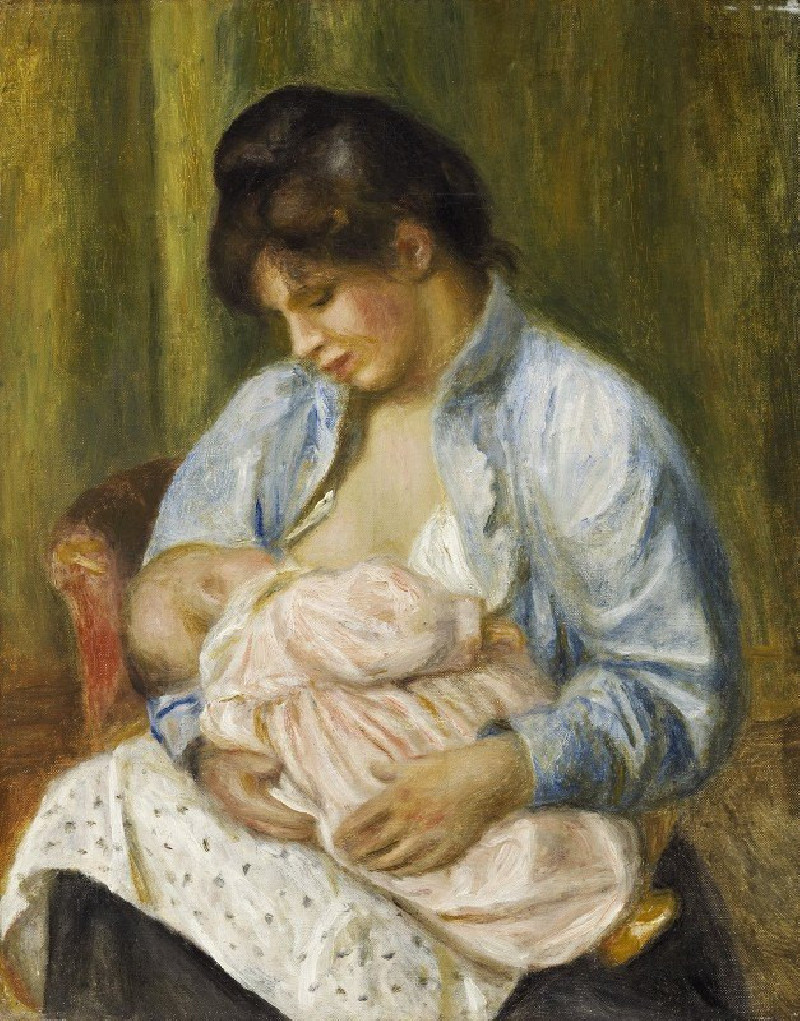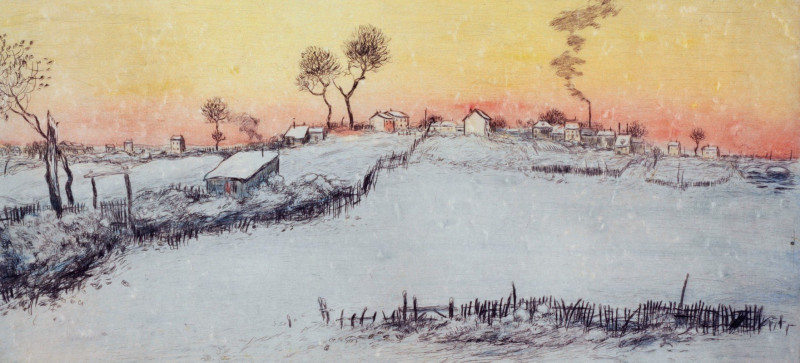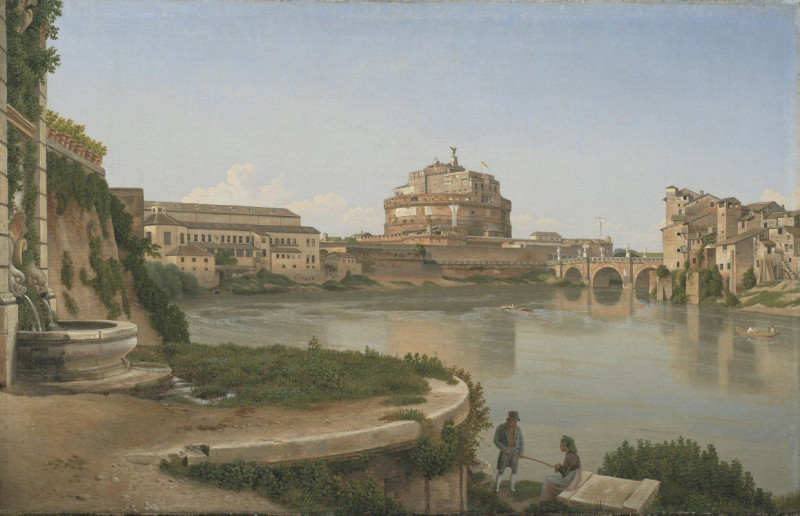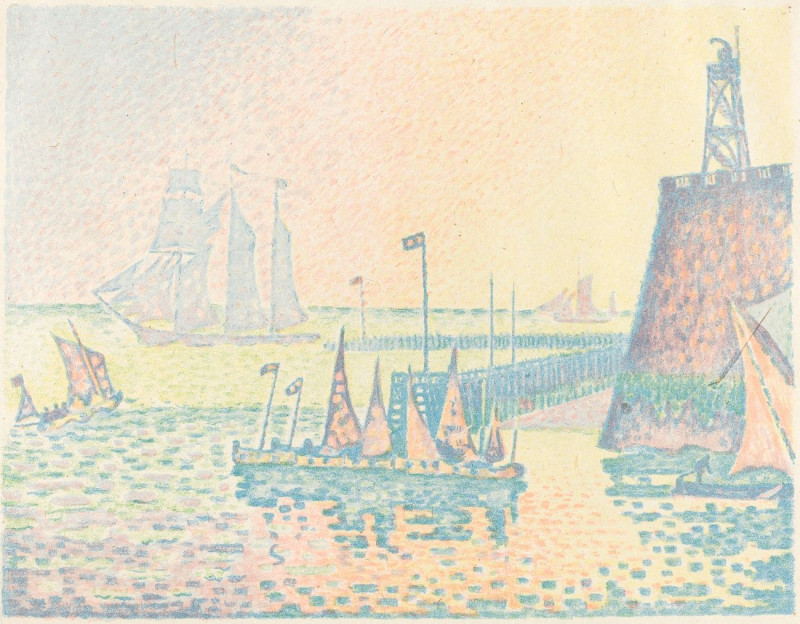Kapitalismus (1932)
Technique: Giclée quality print
Recommended by our customers
More about this artwork
"Kapitalismus" (1932) by Karl Wiener presents a compelling and deeply symbolic depiction of the artist's view on capitalism. Dominating the composition is a skeletal figure resembling a grim reaper, dressed in a green suit and a top hat, which unmistakably alludes to the capitalist figure often associated with wealth and the industrial elite. This haunting character stands astride fragmented, geometric blocks – perhaps a representation of the unstable foundations on which the capitalist system stands, or the broken lives affected by its mechanisms.The background features vague outlines of industrial structures under a stark blue sky, suggesting the cold, harsh environment of industrial cities. The use of somber tones and the contrast between the figure and the backdrop emphasize the theme of alienation and dominance which capitalism may inflict upon society.Wiener’s artwork, created during a tumultuous period of economic upheaval, resonates with its stark portrayal of capitalism as an ominous force, personified by a character that casts a long shadow over society.

